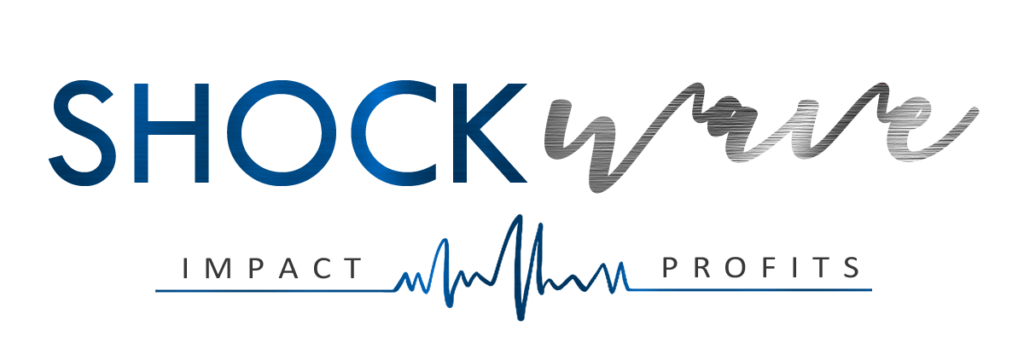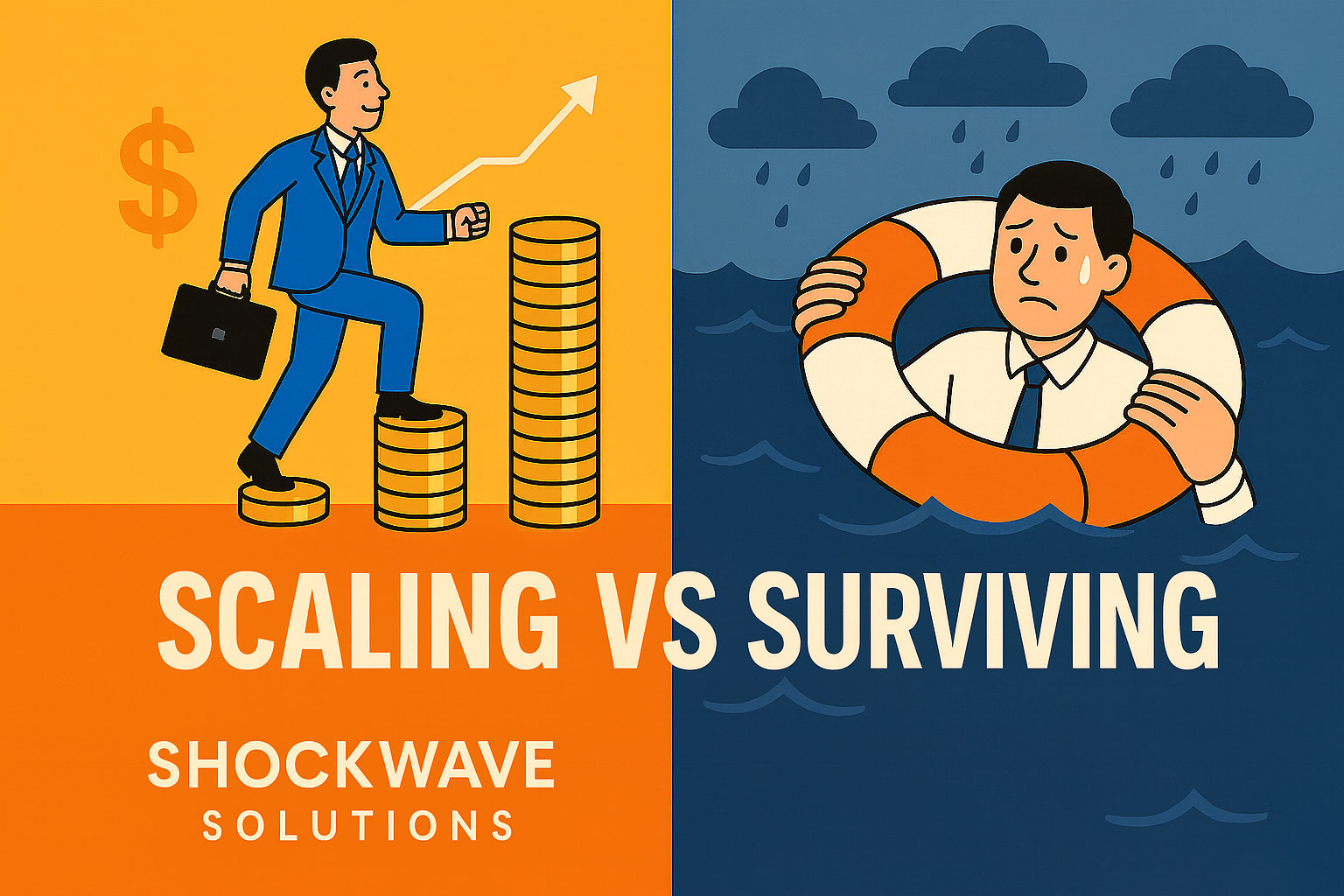If Doubling Sales Would Break You, You’re Not Scaling—You’re Surviving
The truth about operational bottlenecks and why most teams can’t handle the growth they’re chasing.
You want to double sales.
Great. Here’s the million-dollar question:
If sales doubled tomorrow, would your business survive?
Most founders think they’re ready for growth. They’re not.
They’re addicted to top-line revenue like it’s a hit of dopamine—but underneath that rush is a fragile backend that would implode under real scale.
So if the idea of doubling your sales doesn’t excite you, but terrifies you? Good. You’re finally seeing the truth:
You’re not scaling. You’re surviving.
What Growth Actually Exposes
When a business starts cracking at $1M, $2M, $5M, it’s not because growth is hard. It’s because you’re stacking volume on top of broken systems.
- Your inventory is a mess
- Customer service is duct-taped together
- Your team is busy, but no one’s productive
- You’re spending more time putting out fires than building the company
Sound familiar?
This is the phase where your hustle and instincts don’t cut it anymore. The cracks that were harmless at $500K now cost you thousands per day.
And if you’re honest? You’ve built a job with a fancy title, not a self-scaling business.
Chaos Disguised as Systems
Here’s the trap: most entrepreneurs confuse chaos for momentum.
New projects. Big ideas. Rushed launches. Pivot after pivot.
But chaos isn’t scale. Chaos is failure in slow motion.
If you’re stuck between $1M and $3M, it’s likely because your growth engine was built on personality, not process. And personality doesn’t scale.
You need to build systems that can run without you.
That means:
- Inventory control that doesn’t require 6 Slack messages to find one SKU
- Customer service protocols that your team actually follows
- Roles with clarity, so people don’t default to you as the human fire extinguisher
- Hiring processes that let you onboard without chaos
You want the truth?
Most 7-figure teams would fail the second sales outpace the founder’s ability to micromanage.
Why Most Teams Break Under Growth
Let’s talk people.
Your current team might be loyal. They might be talented. They might love your mission.
But that doesn’t mean they’re built for scale.
- Some are busy—not productive.
- Some need direction every five minutes.
- Some are amazing, but only when you’re in the room.
Growth exposes the gaps in leadership, clarity, and execution. And if you’re still running everything through your own brain?
You don’t have a team. You have extensions of yourself.
That’s not scale. That’s a trap.
And it’s why most visionary founders stall.
Surviving Is Exhausting. Scaling Creates Freedom.
Here’s what survival feels like:
- You’re reactive
- You’re exhausted
- You’re solving the same problem 5 different ways
- You’re addicted to launch-mode because it’s the only time the team moves
Scaling looks different:
- Teams execute without constant check-ins
- Systems create consistency
- You’re focused on high-leverage strategy, not low-level ops
- Growth doesn’t mean burnout
But to get there, you have to be willing to rip out everything that’s just “good enough” and rebuild it right.
Even if it’s uncomfortable. Even if it’s slow. Even if your ego doesn’t like it.
Ask Yourself This:
If you doubled sales tomorrow…
- Would customer support collapse?
- Would fulfillment break down?
- Would your team know how to handle it without you?
- Would your systems hold up under the pressure?
If the answer is “no” to any of those…
You’re not ready.
But that doesn’t mean you’re broken. It means it’s time to lead.
From Survival to Scale: Your Next Moves
- Audit Every System
- What’s undocumented? In your head? Outdated?
- Where does chaos masquerade as innovation?
- Kill Vanity Ops
- Stop doing things that look busy but don’t build the business
- Automate or delegate 8+ hours/week
- Train for Autonomy
- Build decision-making muscles in your team
- Create clear KPIs and ownership lines
- Simulate Growth
- Stress test your ops: double the load in a simulation
- Watch what breaks. That’s your next fix.
- Replace Yourself
- Start by delegating outcome ownership, not just tasks
- Build a team that scales your vision without you holding it up
Final Word: You’re Not Crazy. You’re Just Leading Blindfolded.
The fact that you’re tired doesn’t mean you’re failing. It means you’re still holding the machine together with your bare hands.
Let’s fix that.
Rip out the duct tape. Build the machine. And scale for real.

